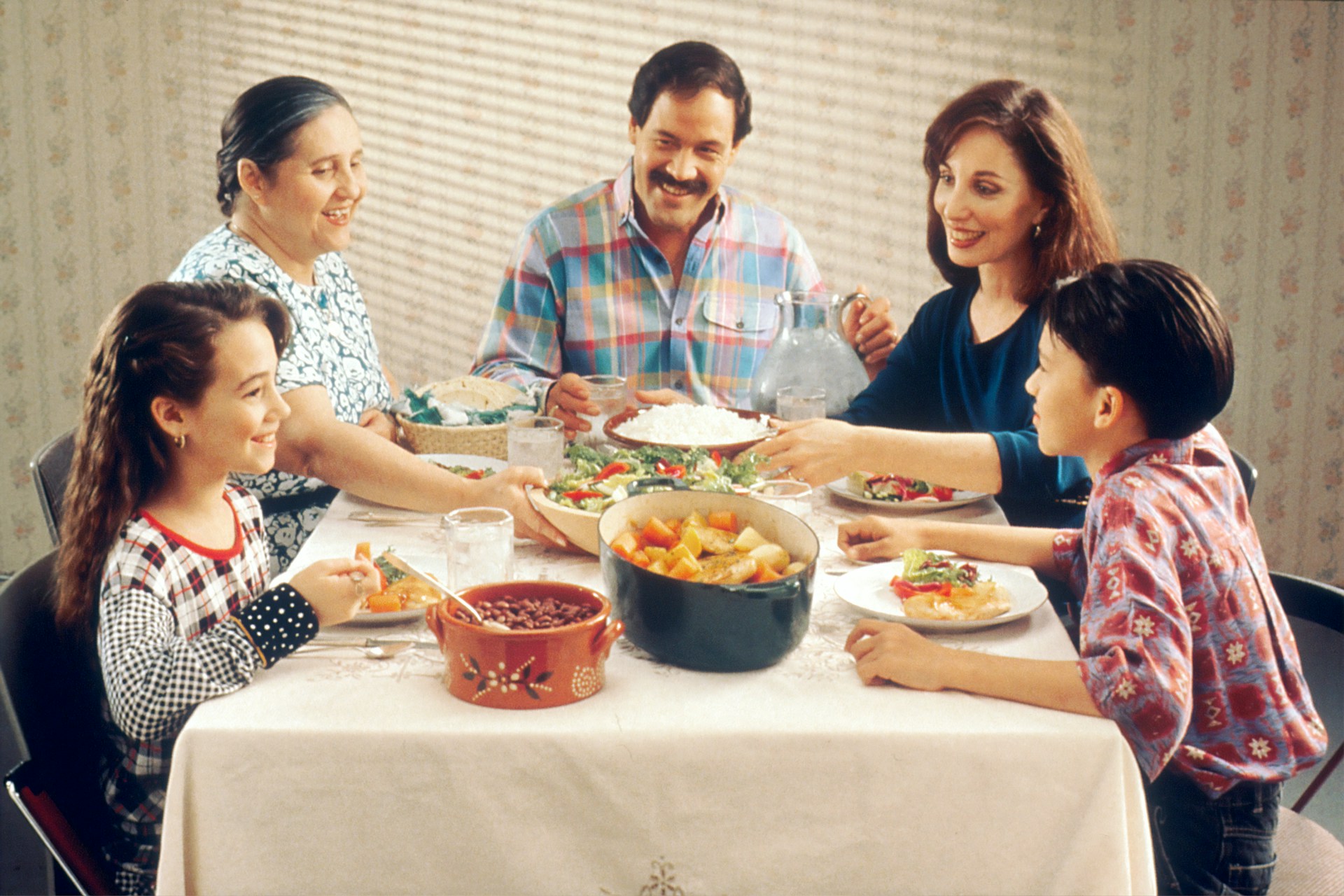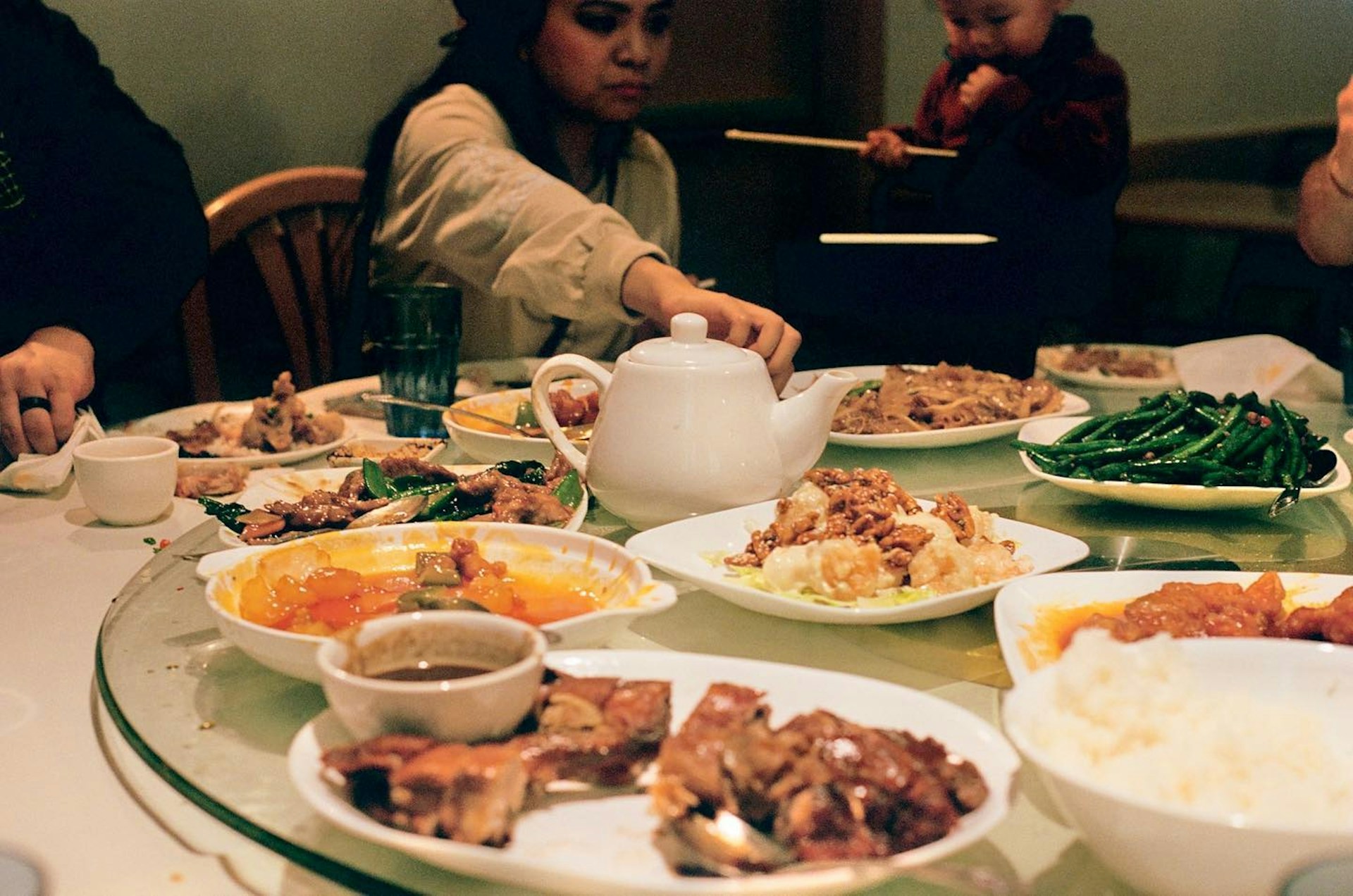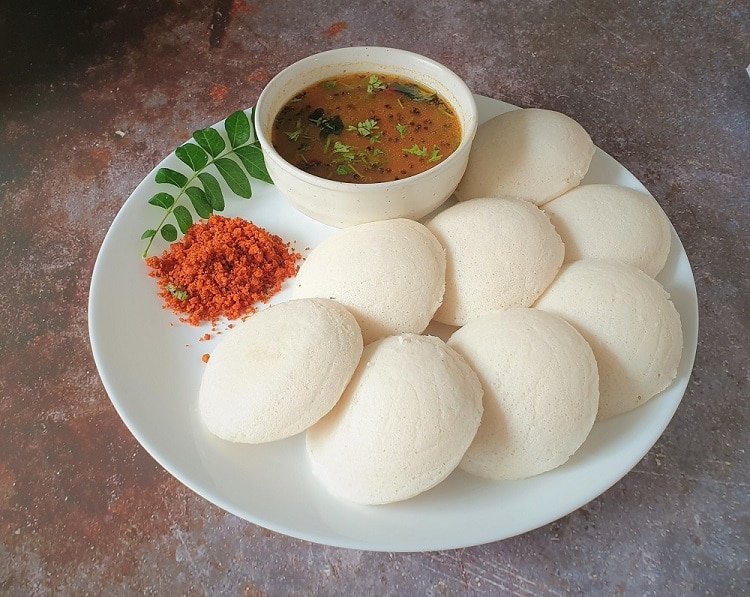Introduction
Food isn’t just about survival—it’s about rhythm. Across cultures, eating has always swung between two poles: feasting in abundance and fasting in restraint. These patterns aren’t random. They mirror the cycles of nature, religion, and community.
From Ramadan nights to Christian Lent, from Thanksgiving tables to Chinese New Year banquets, humanity has long found meaning in when we eat—and when we don’t. Modern science now echoes what ancient cultures practiced: alternating indulgence and discipline may be one of the most sustainable ways to live well.

Feasting Traditions Around the World
Feasting has always been more than indulgence. It’s a ritual of gratitude, community, and survival.
-
Thanksgiving (U.S.): A holiday centered on gratitude, marked with turkey, pies, and shared abundance.
-
Chinese New Year: Dumplings symbolizing wealth, fish for prosperity, oranges for good fortune.
-
Eid al-Fitr: A celebratory feast breaking a month of fasting during Ramadan, filled with sweets, meats, and generosity.
-
African harvest festivals: From Yam Festivals in West Africa to Umkhosi Wokweshwama in South Africa, feasts mark the end of scarcity and the promise of renewal.
Feasts unite families and cement identity. They remind us that eating together is as important as eating itself.

Fasting Traditions Across Cultures
Equally powerful are the traditions of fasting—periods where food is intentionally restricted to reset body, mind, and spirit.
-
Ramadan (Islamic): A month of sunrise-to-sunset fasting, teaching discipline, empathy, and gratitude.
-
Lent (Christianity): 40 days of fasting or giving up luxuries, a reflection of sacrifice and renewal.
-
Ekadashi (Hinduism): Twice-monthly fasting, linked to spiritual clarity and bodily purification.
-
Buddhist retreats: Monks often follow “one meal a day” routines as a practice of detachment.
-
Indigenous practices: Many native cultures include fasting in rituals of vision, healing, or spiritual connection.
Fasting isn’t deprivation—it’s transformation. Cultures use it to sharpen gratitude, cleanse the body, and create spiritual focus

The Rhythm of Feast & Fast
At first glance, feasting and fasting seem like opposites. But they actually form a natural cycle.
Historically, communities lived by the land. Harvests brought abundance—time to feast. Winters or dry seasons brought scarcity—time to fast. Religion and culture formalized these rhythms into rituals, embedding balance into daily life.
Modern life, however, has broken this cycle. Supermarkets and delivery apps mean endless availability. Instead of rhythms, we live in constant feast mode—and our health suffers.

Health Lessons Hidden in Tradition
Modern nutrition science confirms what cultures have long practiced: alternating abundance with restraint benefits the body and mind.
-
Fasting benefits: Research on intermittent fasting shows improved insulin sensitivity, cellular repair (autophagy), reduced inflammation, and sharper mental clarity.
-
Feasting benefits: Shared meals reduce stress, strengthen social bonds, and release dopamine that enhances memory and joy.
-
Balance matters: Overindulgence every day harms health, but occasional feasts are metabolically manageable—especially when paired with periods of fasting.
Cultures intuitively wove health into tradition: Ramadan balances nightly iftar with daily restraint, Lent offsets Easter feasts, harvest festivals follow leaner growing seasons.

Cultural Wisdom for Modern Life
How can we borrow from these rhythms today?
-
Reintroduce fasting windows
-
Try 12–16 hour eating windows a few days a week.
-
Not as a fad diet, but as a cultural practice of pause.
-
-
Make feasts rare and intentional
-
Save indulgent meals for genuine celebrations, not daily routine.
-
Use feasts to gather, not just to eat.
-
-
Add meaning to fasting
-
Pair food restraint with reflection, journaling, or acts of service.
-
Treat it as mindfulness in action.
-
-
Respect your body’s cycles
-
Notice natural appetite rhythms: lighter in summer, heavier in winter.
-
Eat with the seasons, as many cultures still do.
-
Practical Checklist
□ Try a 14-hour overnight fast once or twice weekly.
□ Plan one intentional feast this month with family or friends.
□ Align eating with seasons—more produce in summer, more warming foods in winter.
□ Use fasting days to reset—not just physically, but mentally.
□ Journal about gratitude before a feast to deepen the ritual.
Bottom Line
Feasting and fasting aren’t opposites—they’re partners. Together, they form a cultural rhythm that honors abundance and respects restraint. By borrowing wisdom from global traditions, we can restore balance to modern eating—nourishing not just our bodies, but our communities and spirits too.

